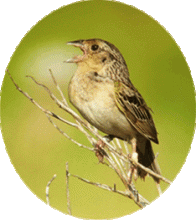Soil sorption characteristics of imidacloprid in different Croatian regions
In Croatia, imidacloprid is increasingly used in olive growing areas against the olive fruit fly. Experiments were conducted to examine the relationship between soil properties, imidacloprid concentration and soil sorption capacity. The linear and the Freundlich model adequately described the imidacloprid sorption. Better sorption was observed at lower imidacloprid concentrations and in soils with higher organic carbon and clay content, but organic carbon content was predominant factor influencing sorption. Thus, for soils with lower sorption capacity a greater potential mobility of imidacloprid in the soil profile is expected, indicating a need for regular monitoring and strategy development against groundwater pollution.










